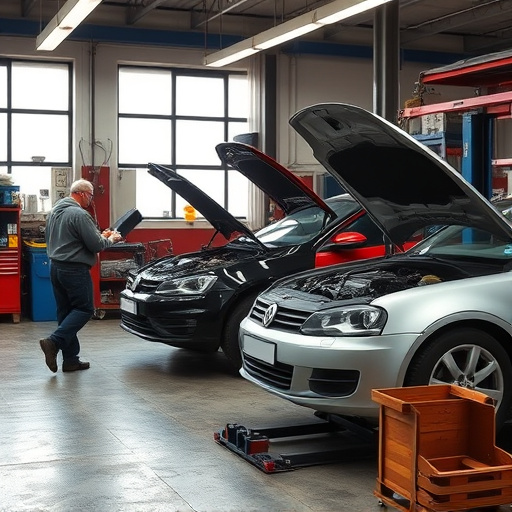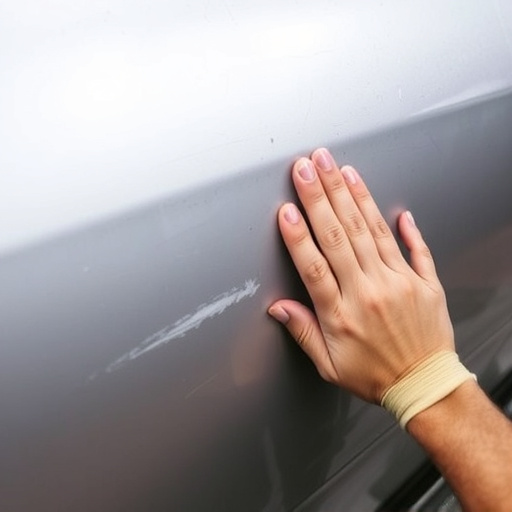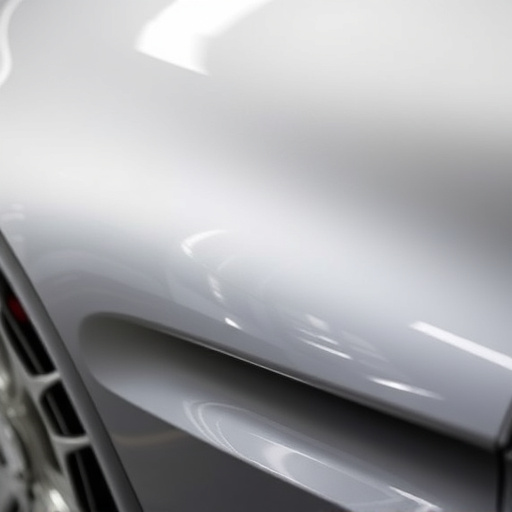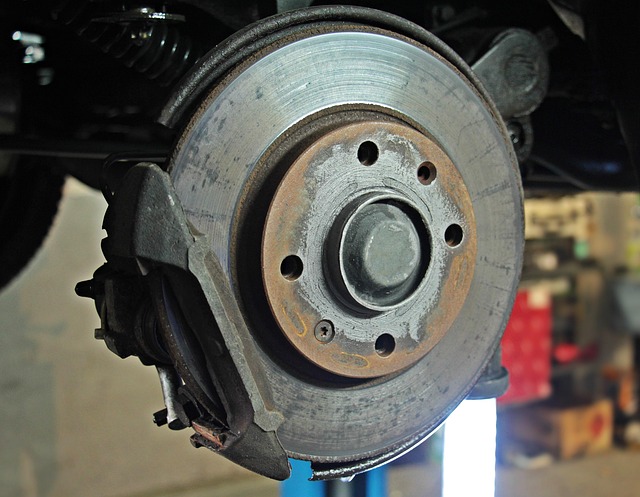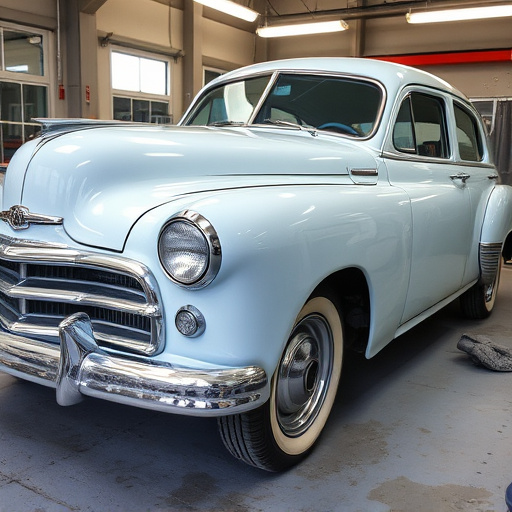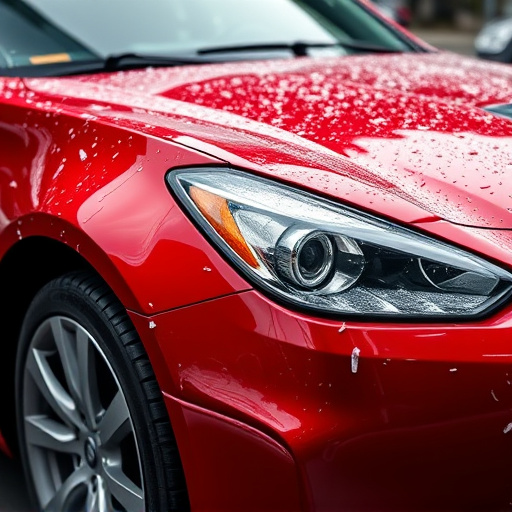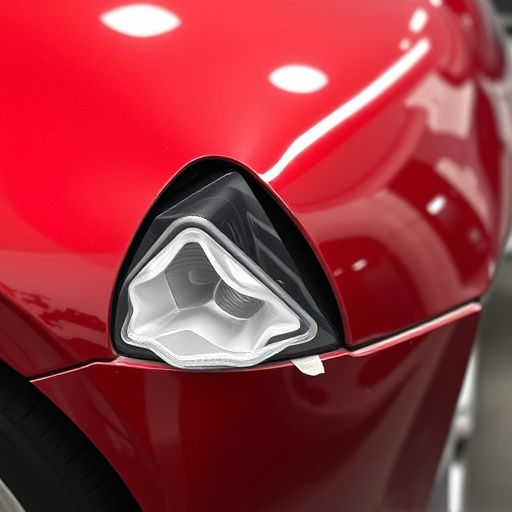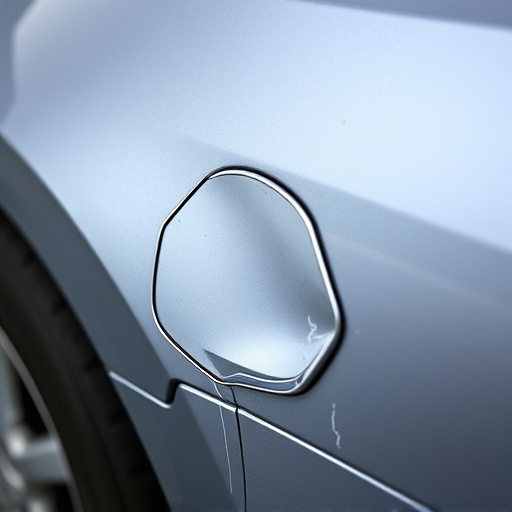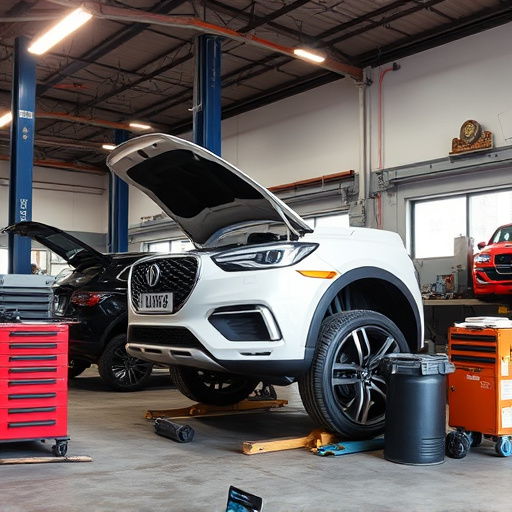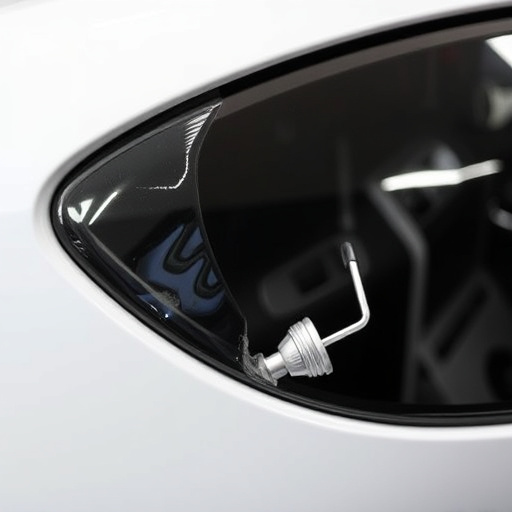Advanced welding equipment revolutionizes auto body shops by offering superior precision, speed, and quality in both dent repair and paint jobs. Innovations like automated arc welders and robotic arms with sensors streamline workflows, reduce manual labor, and ensure consistent results for complex shapes and tight spaces. Integrating these technologies requires strategic planning, including assessing existing processes, retraining staff, reorganizing spaces, and restructuring tasks to fully leverage the equipment's capabilities. Best practices for maintenance, such as regular upkeep, cleaning, calibration, and part replacement, are crucial for optimal utilization, extending equipment lifespan, and ensuring high-quality outcomes in auto body services.
In today’s competitive landscape, shops are continually seeking ways to enhance productivity and quality through advanced welding equipment. This technology offers unparalleled precision and efficiency, revolutionizing traditional welding practices. This article delves into the strategies shops employ to integrate these sophisticated tools seamlessly into existing workflows, exploring the benefits and best practices for effective utilization and maintenance. By understanding advanced welding equipment, businesses can harness its potential to stay ahead in their industries.
- Understanding Advanced Welding Equipment and Its Benefits
- Strategies for Seamless Integration into Shop Workflows
- Best Practices for Effective Utilization and Maintenance
Understanding Advanced Welding Equipment and Its Benefits
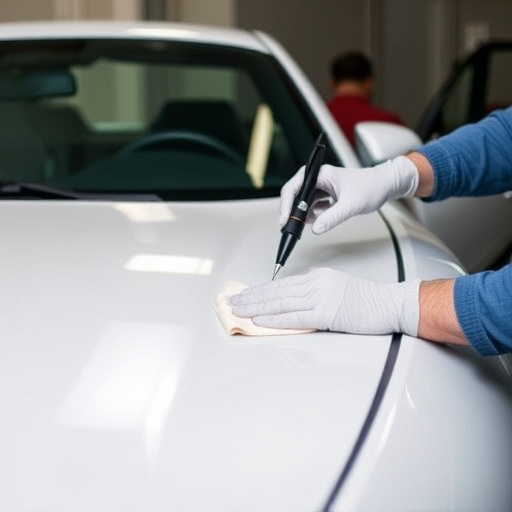
Advanced welding equipment represents a significant leap forward for shops offering auto body services and vehicle paint repair. These cutting-edge tools are designed to streamline the welding process, enhancing precision, speed, and overall quality. From automated arc welders to robotic arms equipped with advanced sensors, each innovation addresses specific challenges in vehicle dent repair, making it more efficient and effective.
The benefits of integrating advanced welding equipment into workflow are multifaceted. It reduces manual labor, minimizing errors and ensuring consistent results. Additionally, these machines can handle complex shapes and tight spaces, which is particularly beneficial during intricate auto body repairs. By adopting such technology, shops not only elevate their capabilities but also meet the rising demand for high-quality, time-efficient vehicle paint repair and dent repair services.
Strategies for Seamless Integration into Shop Workflows
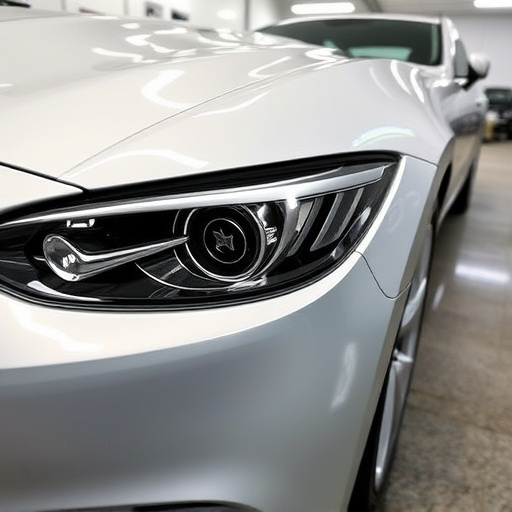
Integrating advanced welding equipment into shop workflows requires careful planning and a strategic approach to ensure seamless operations. The first step is assessing the existing workflow and identifying areas where the new equipment can be most effectively deployed. This involves understanding the specific needs of various shop departments, such as automotive repair, car bodywork services, and auto painting, and how advanced welding technology can enhance or streamline these processes.
Shops should aim for a holistic integration where the advanced welding equipment becomes an integral part of the overall production process, not just an addition. This might include retraining staff to operate the new machinery efficiently, reorganizing work areas to accommodate the equipment, and potentially restructuring tasks to take full advantage of its capabilities. By doing so, shops can achieve greater productivity, improved quality in auto painting and car bodywork services, and a more modern, efficient workflow.
Best Practices for Effective Utilization and Maintenance

Integrating advanced welding equipment into a shop’s workflow demands strategic best practices for optimal utilization and maintenance. Firstly, ensure that all staff are properly trained to operate the new equipment, as this directly impacts efficiency and safety. A structured training program should cover not just the technical aspects of the machine but also safety protocols, common troubleshooting, and preventive maintenance checks.
Regular upkeep is paramount. Advanced welding equipment, such as robotic arms or laser systems, require meticulous care to maintain precision and longevity. Establishing a consistent maintenance schedule, including cleaning, calibration, and part replacement, will significantly extend the lifespan of the equipment and ensure it continues to deliver high-quality outcomes in tasks like auto dent repair, auto body painting, or auto detailing.
Shops that integrate advanced welding equipment into their workflows stand to gain significant advantages, including improved efficiency, enhanced product quality, and reduced downtime. By understanding the benefits of these technologies and implementing strategic integration practices, businesses can ensure seamless operations and stay competitive in the market. Effective utilization and regular maintenance are key to maximizing the return on investment, ensuring these advanced welding machines remain accurate, reliable, and up-to-date with evolving industry standards.
